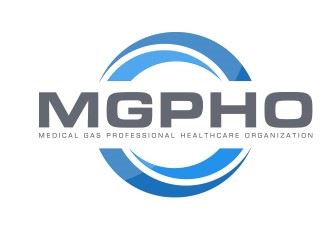All,
The hydrocarbon test is clearly a differential test and the water concentration is a ceiling test. The code excerpts are below. Do you think they writers forgot to put in the words "Difference between the two tests""?
5.1.12.3.8.4 The difference between the two tests shall in no case exceed 5 ppm of total non-methane hydrocarbons.
5.1.12.3.8.5 The difference between the two tests shall in no case exceed 5 ppm halogenated hydrocarbons.
5.1.12.3.8.6 The moisture concentration of the outlet test shall not exceed 500 ppm or an equivalent pressure dew point of -12°C (10°F) at a gauge pressure of 345 kPa (50 psi).
To answer your original question Al, if you are to use the ANY gas for testing the ppm value must be below 500 ppm to pass. Some would say the code hasn't evolved to catch up to the addition on the "Source Gas as a Test Gas" which was added in 2002. I think its just fine as it is. Do you really want an variance on water testing? You could be approving condensed water in the piping system by adding an additional 500ppm to the (approx) 1700ppm allowable limit.
One other note: My original response to your questions was that the verifier failed. I still stand by that. You cannot conduct a "final tie in" before doing the initial testing. In your scenario a plumber tied into and existing system before doing the required testing.
I agree that the code allows for the "gas of system designation" to be used as a test gas. In the real world that means something like a new facility. Say a new ER. You could turn on the source gas and just get to testing.
Im very confident that a verifier who allows the plumber to tie into an existing system before that verifiers initial test is asking for trouble and clearly violating the code. I see it all too often where a new customer has tied on his new piping to the existing hospital when I show up they will always say " Thats how So and So verifier" always has me do it.
Id be interested to hear if were the only ones still doing "Nitrogen Work"
Nick

